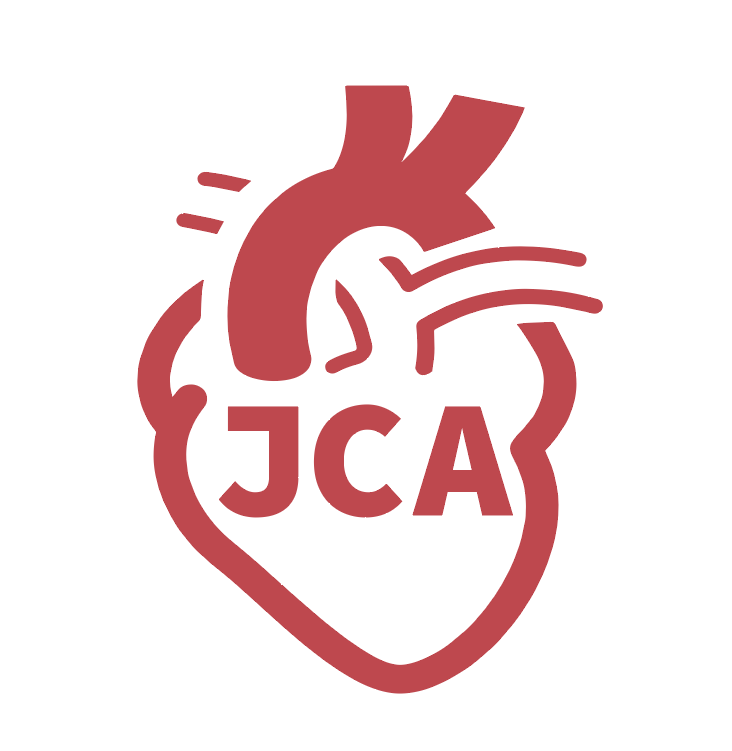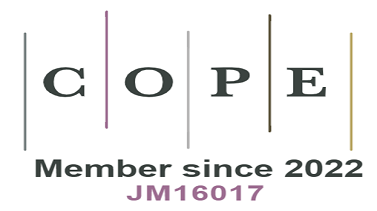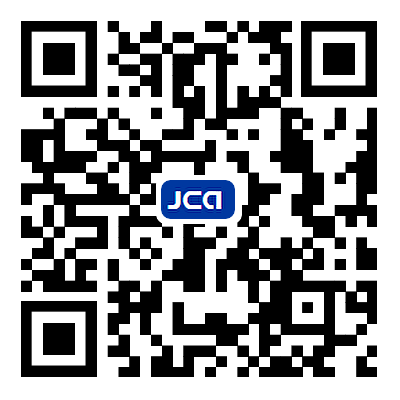REFERENCES
1. den Berg C, Elliott DA, Braam SR, Mummery CL, Davis R. Differentiation of human pluripotent stem cells to cardiomyocytes under defined conditions. Methods Mol Biol 2016;1353:163-80.
2. Zhang J, Wilson GF, Soerens AG, et al. Functional cardiomyocytes derived from human induced pluripotent stem cells. Circ Res 2009;104:e30-e41.
3. Narita T, Suzuki K. Bone Marrow-derived mesenchymal stem cells for the treatment of heart failure. Heart Fail Rev 2015;20:53-68.
4. Romagnuolo R, Laflamme MA. Programming cells for cardiac repair. Curr Opin Biotechnol 2017;47:43-50.
6. Niu Z, Iyer D, Conway SJ, et al. Serum response factor orchestrates nascent sarcomerogenesis and silences the biomineralization gene program in the heart. Proc Natl Acad Sci USA 2008;105:17824-829.
7. Mercola M, Ruiz-lozano, P, Schneider, MD. Cardiac muscle regeneration: lessons from development. Genes Dev 2011;25:299-309.
9. Sanger JW, Wang J, Fan Y, White J, Sanger JM. Assembly and dynamics of myofibrils. J Biomed Biotechnol 2010:858606.
10. Ahuja P, Perriard E, Perriard JC, Ehler E. Sequential myofibrillar breakdown accompanies mitotic division of mammalian cardiomyocytes. J Cell Sci 2004;117:3295-306.
11. Porrello ER, Mahmoud AI, Simpson E, et al. Transient Regenerative Potential of the Neonatal Mouse Heart. Science 2011;331:1078-80.
12. Foglia MJ, Poss KD. Building and re-building the heart by cardiomyocyte proliferation. Development 2016;143:729-40.
13. Ocampo A. In vivo amelioration of age-associated hallmarks by partial reprogramming. Cell 2016;167:719-1733.
14. Chen Y. Reversible reprogramming of cardiomyocytes to a fetal state drives heart regeneration in mice. Science 2021;373:1537-40.
15. Xiao S, Liang R, Muili AB, et al. Mutant Serum Response factor, SRF153(A3), in combination with mutant YAP5SA drive cardiomyocytes to a replicative state. J Cardiovasc Aging 2022;6:17.
16. Xiao Y, Leach J, Wang J, Martin JF. Hippo/Yap Signaling in cardiac development and regeneration. Curr Treat Options Cardiovasc Med 2016;18:1-9.
17. National Research Council. Guide for the care and use of laboratory animals, 8th ed. Washington, DC: The National Academies Press, 2011.
18. Ahn D, Cheng L, Moon C, Spurgeon H, Lakatta EG, Talan MI. Induction of myocardial infarcts of a predictable size and location by branch pattern probability-assisted coronary ligation in C57BL/6 mice. Am J Physiol Heart Circ Physiol 2004;286:H1201-H1207.
20. Leman AR, Noguchi E. The Replication Fork: Understanding the Eukaryotic Replication Machinery and the Challenges to Genome Duplication. Genes 2013;4:1-32.
21. Li J, Antonyak M, Peng X. Indirect immunostaining on mouse embryonic heart for the detection of proliferated cardiomyocyte. In: Peng X, Antonyak M. editors. Cardiovascular development. Methods in molecular biology (methods and protocols). Totowa, NJ: Humana Press, 2012, p. 843.
22. Hasegawa S, Becker G, Nagano H, Libby P, Mitchell RN. Pattern of graft- and host-specific MHC class II expression in long-term murine cardiac allografts: origin of inflammatory and Am J Pathol 1998;153:69-79.
23. Vafadarnejad E, Rizzo G, Krampert L, et al. Dynamics of cardiac neutrophil diversity in murine myocardial infarction. Circ Res 2020;127:e232-e49.
24. Dong IC. Antiinflammatory activity of ANGPTL4 facilitates macrophage polarization to induce cardiac repair. JCI Insight 2019;4:e125437.
25. Senís E, Mosteiro L, Wilkening S, et al. AAV vector-mediated in vivo reprogramming into pluripotency. Nat Commun 2018;9:2651.








